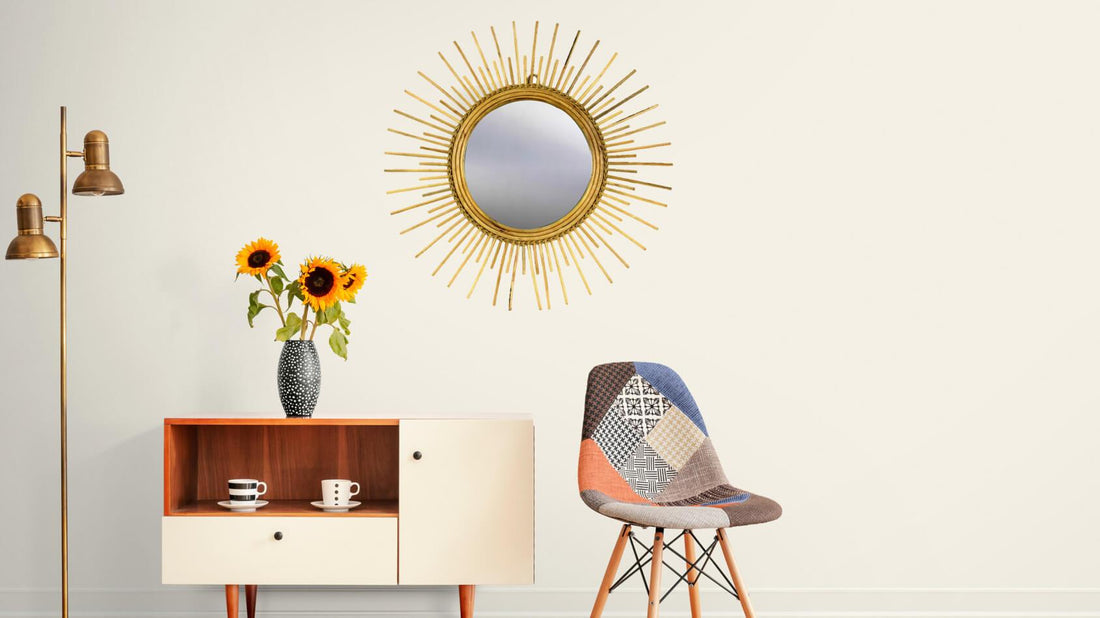Rattan Furniture
Rattan is becoming increasingly popular in furniture and interior design. It is inexpensive, long-lasting, and capable of adding distinctive touches and personalities to a place.
Rattan is one of the world’s climbing palms, which thrives to grow in tropical climates. The world’s rattan supply comes from the rainforests of Southeast Asia, such as Indonesia, Malaysia, and the Philippines. Other rattan reserves in the world come from South Asian nations with similar climates, like Sri Lanka and Bangladesh.
The one-of-a-kind plants are able to grow hundreds of meters long in the shape of vines. The shape acts as the primary structure to the plant, which eventually will be the same when converted into furniture. When in the forest, the shape also deters herbivores in the forest. Amazing, right? Other than having a distinctive shape, it is also a self-protection element!
Rattan Bed Headboard 'Kartika'
When turned into furniture, rattan offers our most beloved, rustic and tropical Balinese vibe while enlivening the spaces to a new level as one of the most sought-after materials for home interior designing. The material is durable enough to withstand a variety of conditions all year, making it ideal for both indoor and outdoor furniture.
When it comes to home decor, rattan has progressed well beyond the climbing tree of the rainforests. The iconic shape, distinctive color hues, and durability of the rattan have elevated itself in both interior and exterior home designs. Many interior designers now advocate the use of rattans in various interior aspects of the home, such as baskets, couches, and even mirror borders. Rattan's naturally distinctive tint fits nicely into any fashion, so furniture designers use it to create a variety of furniture and home décor, be it bohemian, Balinese, traditional, and even contemporary.
Do you know? People used to mainly use rattan for outdoor furniture, but now, it has found its way in interior designs, even into our bedrooms!
Despite the fact that rattan is a long-lasting and sturdy material, we as homeowners must know how to care for rattan furniture in order to extend its life in our homes. Let's have a look at how we can do it!
The dos and don’ts of caring for rattan
When it comes to Kulture Deco’s rattan home decor pieces, it is made to last and it can withstand many circumstances. Even so, we still recommend the following dos and don’ts to care for your rattan:
Rattan Mirror "Kemala" - 60 cm
- Do not use paint thinners or abrasive cleansers to clean your rattan furniture. Instead, use warm water to ensure complete dirt removal.
- Use a soft cotton cloth and dampen it, instead of completely soaking it in water.
- You can also use a soft brush to reach the nook and cranny.
- Clean regularly.
- When cleaning, lift furniture.
- Ensure drying rattan well, sun-drying is most recommended!
What about the maintenance tips?
We’ve now covered the dos and don’ts of rattan furniture-cleaning, let’s now check out what we can do to optimize its longevity!
Rattan Petals Chair
- Treat mildew immediately.
- When mold begins to appear, utilize bleach to clean the affected areas. Please ensure that you will only use bleach on the affected areas. It has to be completely dried outdoors after.
- Don’t drag your rattan furniture around, it will split its fibers.
- Protect the feet of the furniture using pads or rubber stoppers.
- Rotate its positioning from time to time.
- It is only natural that rattan fibers will fade in color under a strong light. However, we can always delay the fading by rotating the furniture from time to time to evenly distribute the fading.
- Consider installing curtains or blinds to reduce extreme sun exposure.
- Humidify your rattan furniture, as it requires a certain level of humidity.
- Putting it directly under the sun can dry the fibers of the vine.
- You can use an air humidifier to add moisture to the room.
- Oil rattan furniture to avoid excessive dryness.
- Using linseed oil is best for this!
- Prevent sagging with pillows.
- Since rattan is flexible to provide comfort, it still can sag overtime. Put a cushion on the seating area so that, other than providing extra coziness, it also serves to spread weight more evenly across the surface!
Do you have any other tips to care for your rattan furniture? Let us know in the comment box below!




